Reclaiming Our Teenagers’ Self-expression
– Sonal Goswami, High School Coordinator, Vista International School
‘Leader’, a word steeped in versatility – guiding, motivating, bolstering, course -correcting. A leader morphs as the stipulation warrants. School leaders, indeed play the role of space mission control specialists, gauging the growing and labyrinthine needs of the core of their existence – students.
As the academic coordinator for high school students, I have the unique opportunity to observe the ever transforming facets of my learners’ environs and the factors influencing the often susceptible teenagers. The changes were probably most drastic during the COVID pandemic, when sheer necessity forced exponentially incremental exposure to digital media and tools.
From optimised use of LMS platforms to creatively presented reference material, we did it all – the better to hold our students’ attention during online classes. Our students evolved, and we evolved with them, adapting to the desperate times. The pandemic passed but the increased media involvement among teenagers saw no ebb. Indeed, the growth curve of digital tool usage continues to overflow all reference graphs!
We educators must always the best options for our students, and as a high school coordinator, I always encourage my team to incorporate a healthy helping of digital teaching aides in their lesson plans.
 In today’s ICT equipped classrooms, what better way to amplify engagement than to involve all senses! Starting with open source videos, moving quickly through 3D graphics, adding the attraction of gamification, we have it all, then why not use it?
In today’s ICT equipped classrooms, what better way to amplify engagement than to involve all senses! Starting with open source videos, moving quickly through 3D graphics, adding the attraction of gamification, we have it all, then why not use it?
The rosy picture presented by this world steeped in a plethora of digital treasures has however an underbelly that is studded with unexpectedly severe counter effects.
The onslaught of data- relevant and irrelevant, compounded by the frequent lack of controls has created a veritable vortex of information, in which more often than not, the learners of today find themselves at a loss when it comes to judging relevance. While guided by their teachers, they are safe, but the challenge comes in during self-study hours.
Another troubling casualty of digital largesse is individual creativity. The free and easy access to AI chatbots has opened doors to the wonderful world of grammatically correct, relevant answers to any question under the sun.
Unfortunately, this ease has unwittingly guided impressionable students to depend heavily on the digital generation of creative writing, rather than honing self expression. Therein lies our biggest challenge, for not only are our children losing their uniqueness, they are fast losing the linguistic skills and verbal proficiency which is the immediate result of the above mentioned self expression.
Functioning as an overseer of my teenage learners’ education and holistic development, my role is primarily that of a safe harbour, providing them the confidence that they do in fact have the skills necessary to shine bright, without the help of AI.
A vast majority of teenagers suffer from challenges of low self esteem and lack of confidence, and as mentors, we must do our utmost to nurse them back into a state of ease, where they can be weaned off the ready-to-use solutions and find the bravery to articulate their own thoughts.
Counselling both the learners and the mentors, is thus a crucial need of the hour — for the former, a reminder of their inherent skills and for the latter, a clarion call to patience and perseverance, as we reclaim our children’s individuality, one self written word at a time.
Also read:







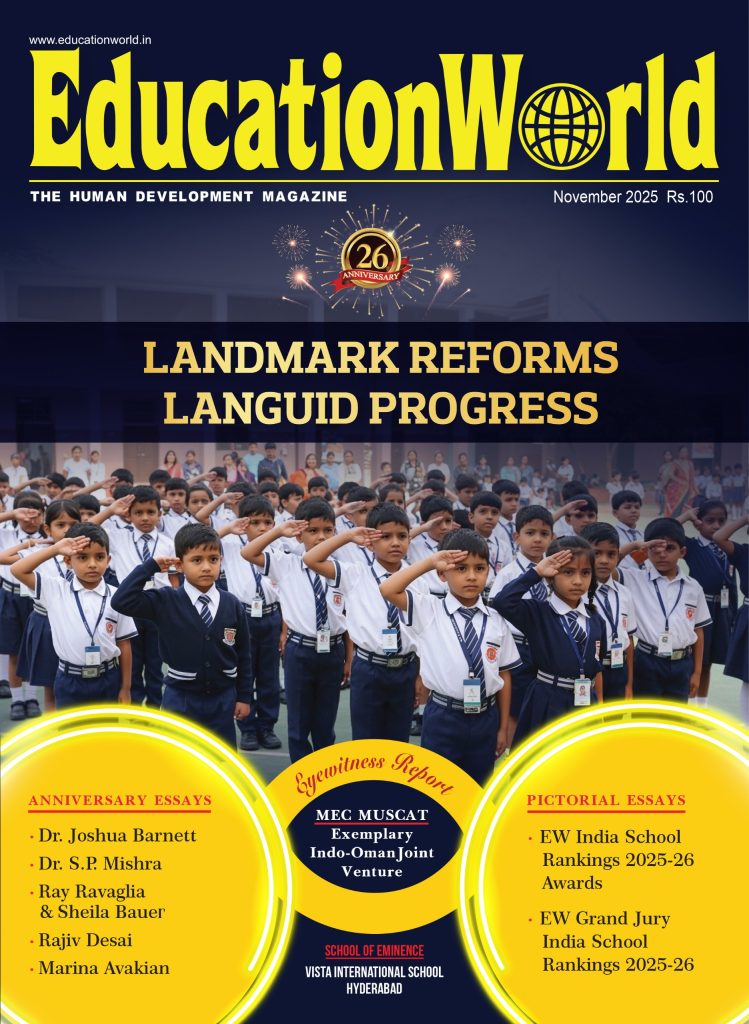
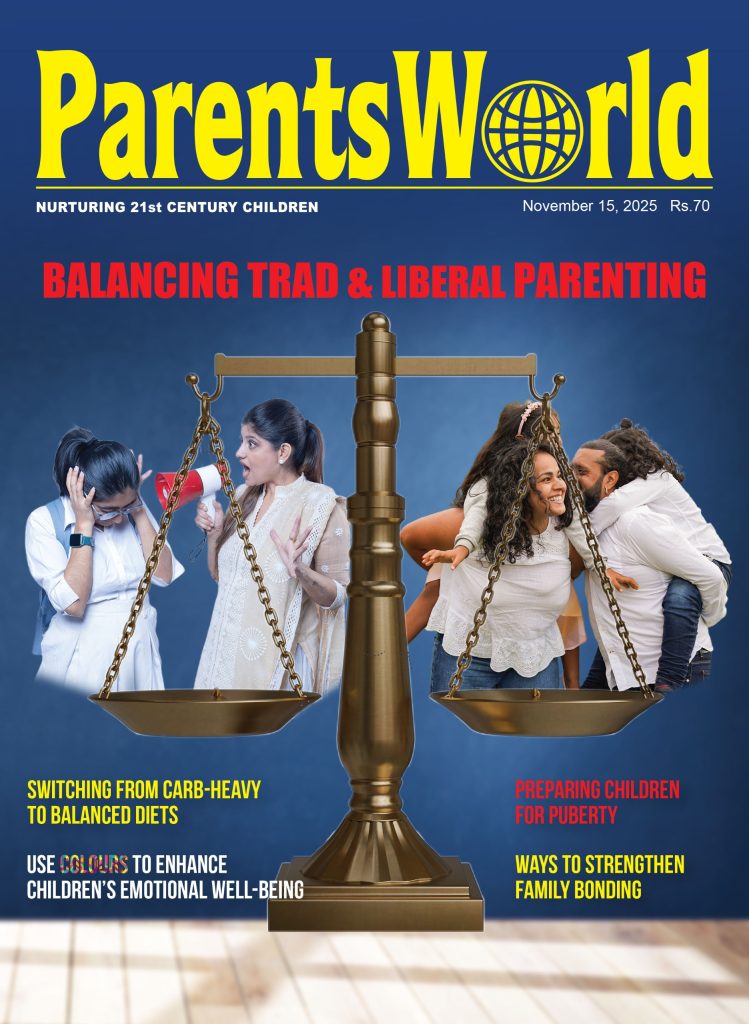
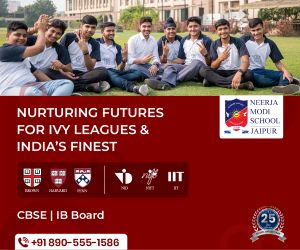


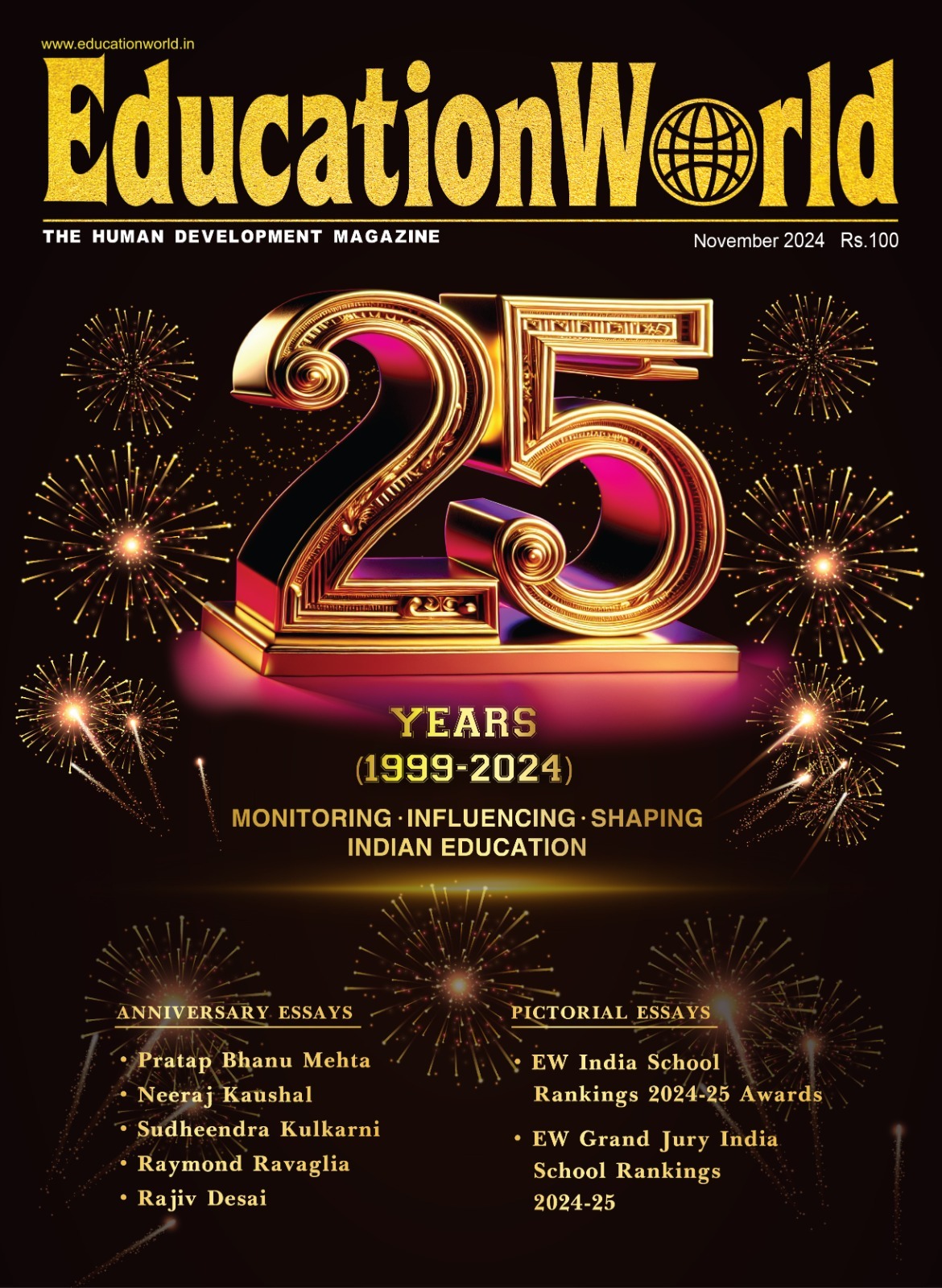
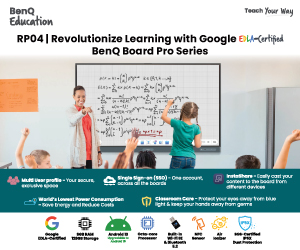


Add comment